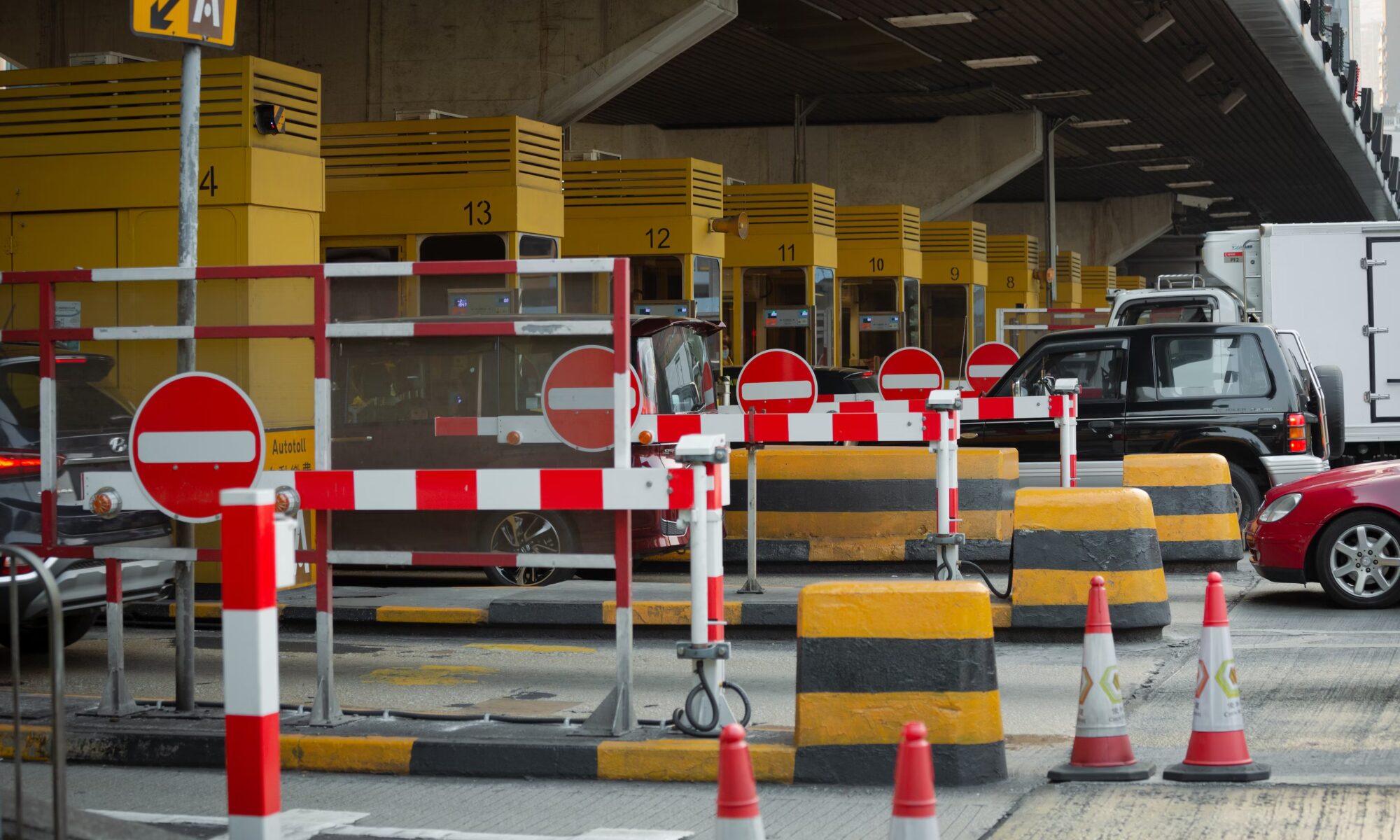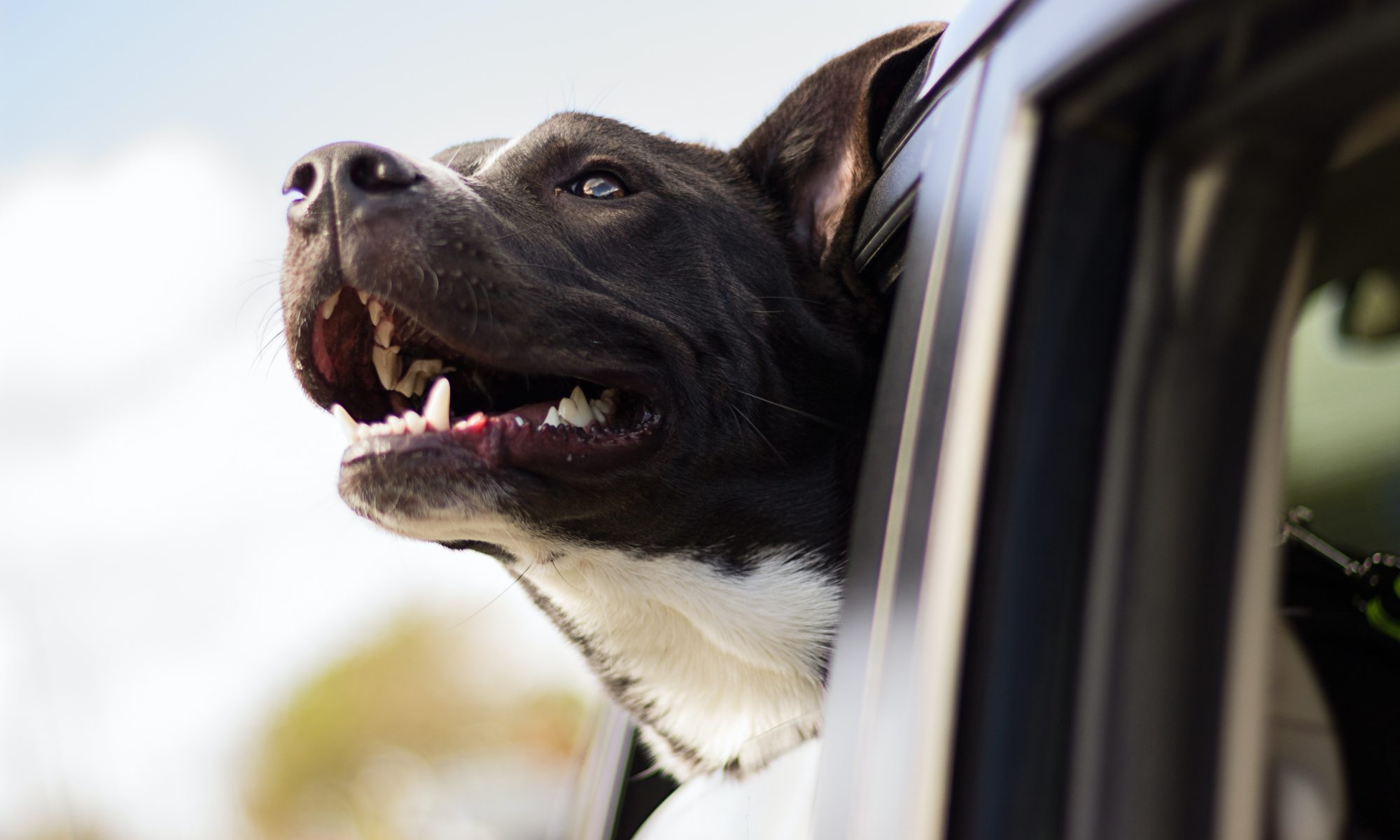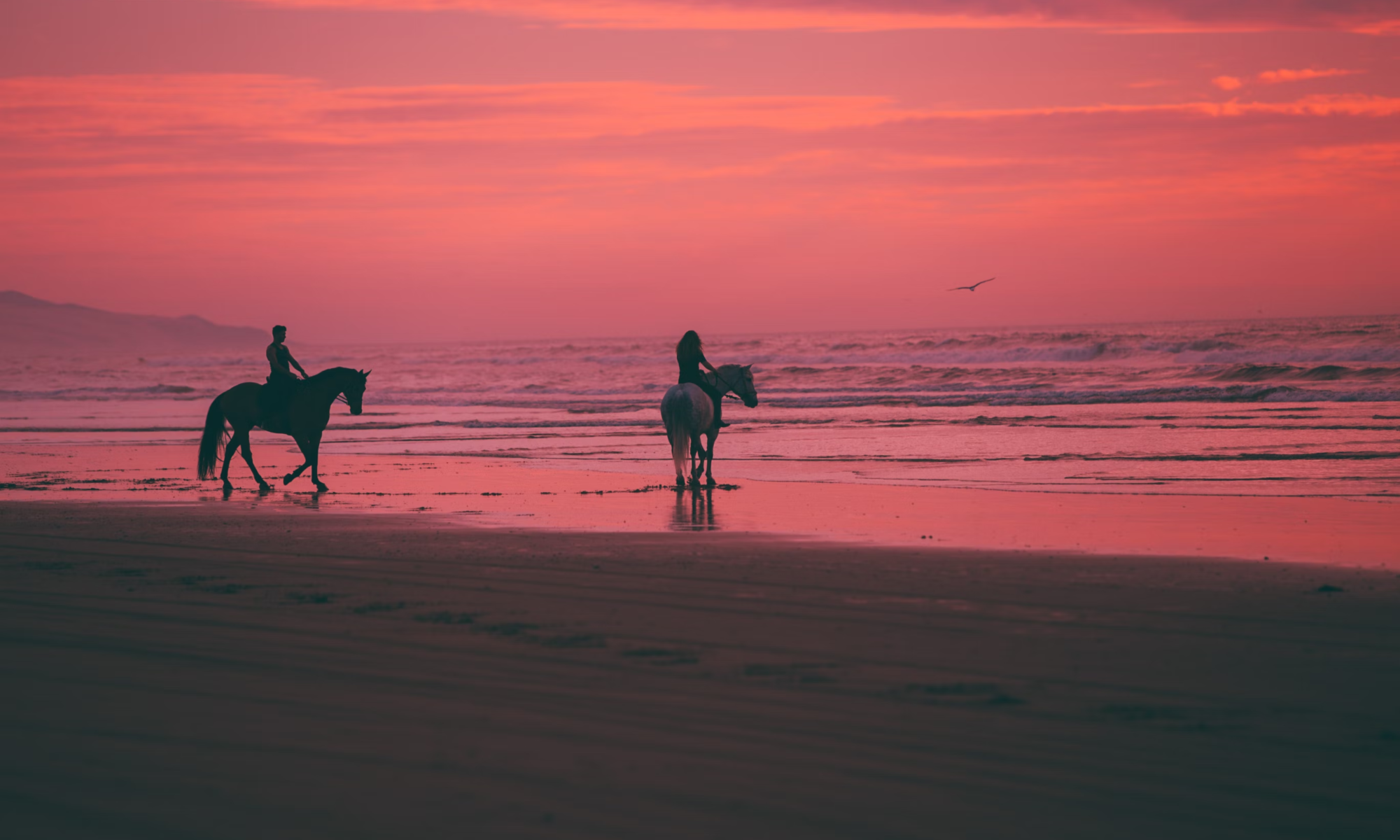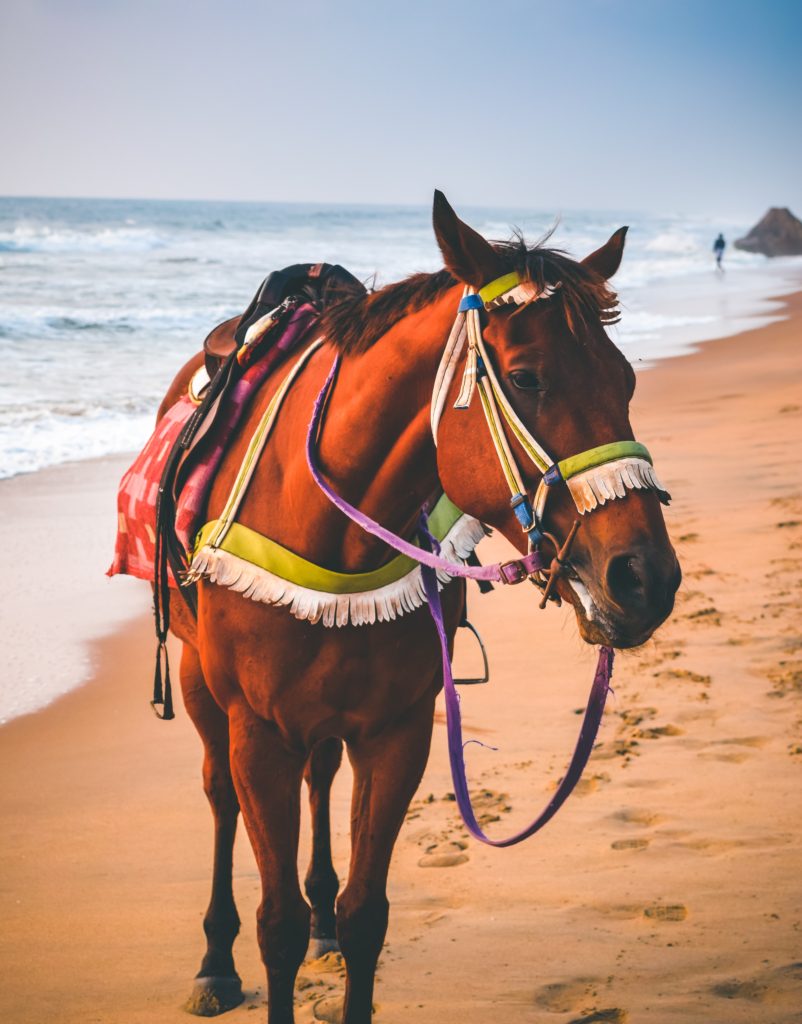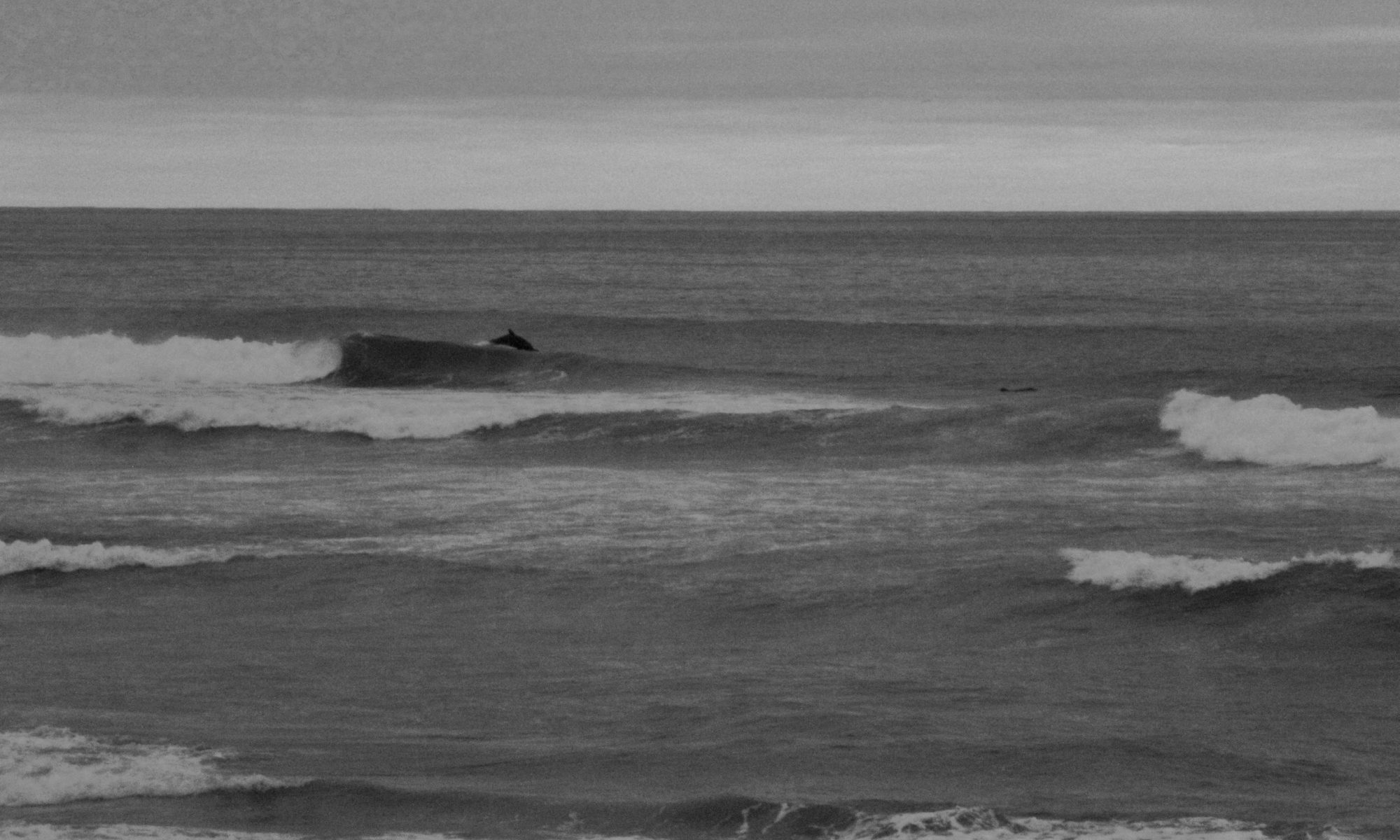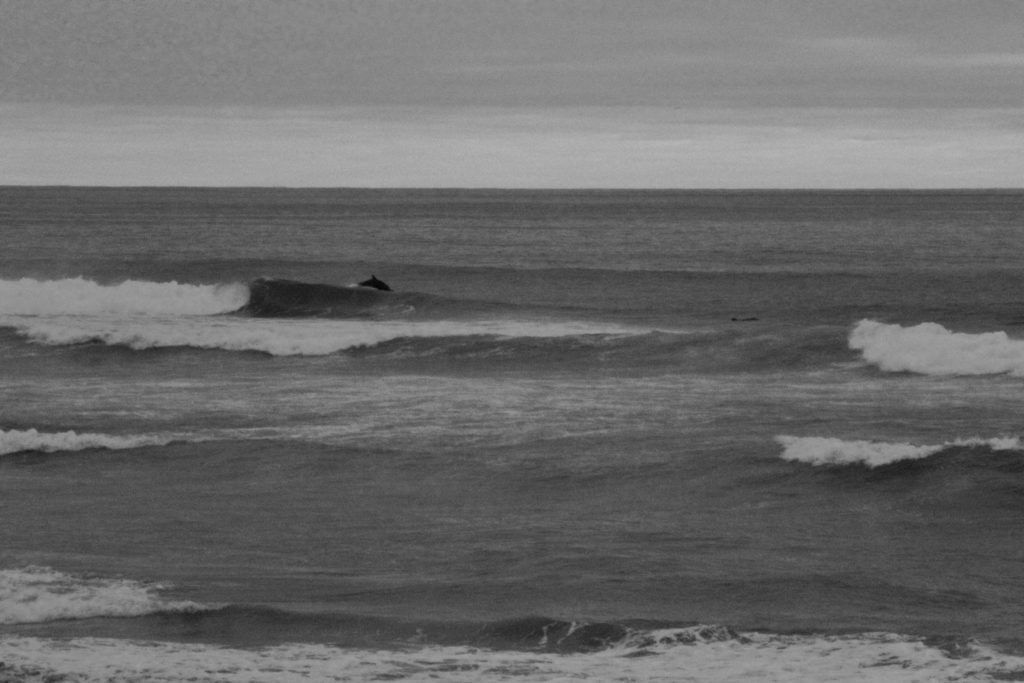Navigating Baja California Roads: Toll vs. Non-Toll – A Road Trip Adventure
Embarking on a road trip through Baja California opens up a world of scenic beauty and cultural richness. As you plan your journey, the choice between toll and non-toll roads becomes a pivotal decision. In this guide, we’ll explore the nuances of driving on toll roads versus non-toll roads in Baja California, discussing safety, benefits, encounters with law enforcement, and the associated fees.
Toll Roads: Smooth Rides and Added Perks
- Quality and Efficiency: Toll roads in Baja California are renowned for their well-maintained surfaces, ensuring a smooth and efficient driving experience. If time is of the essence, opting for toll roads can significantly reduce travel times.
- Benefits and Coverage: When you pay for a toll ticket you automatically receive insurance provided by Caminos y Puentes Federales. Keep your receipt handy in the case that there is an incident where you may be found at fault or not at fault. The back of the ticket may read, “El seguro cubre responsabilidad civil, gastos medicos y ultimos gastos.” Translation: “Insurance covers civil liability, medical payments and funeral expenses.” If you are found at fault your toll insurance covers damage to the road, damage to other vehicles including, medical payment for occupants and pedestrians, and medical payments and funeral expenses for passengers in your vehicle with no deductible if driving a car. If you are not found at fault your toll insurance covers damage to your vehicle including towing expenses to the nearest mechanic, medical payments for passengers of your vehicle including ambulances to the nearest medical center, and tires damage, broken lights, or glass breakage that has occurred to your vehicle if it is due to loose pavement resulting from a lack of maintenance of the road.
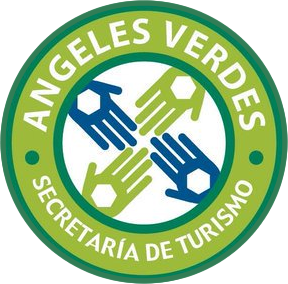
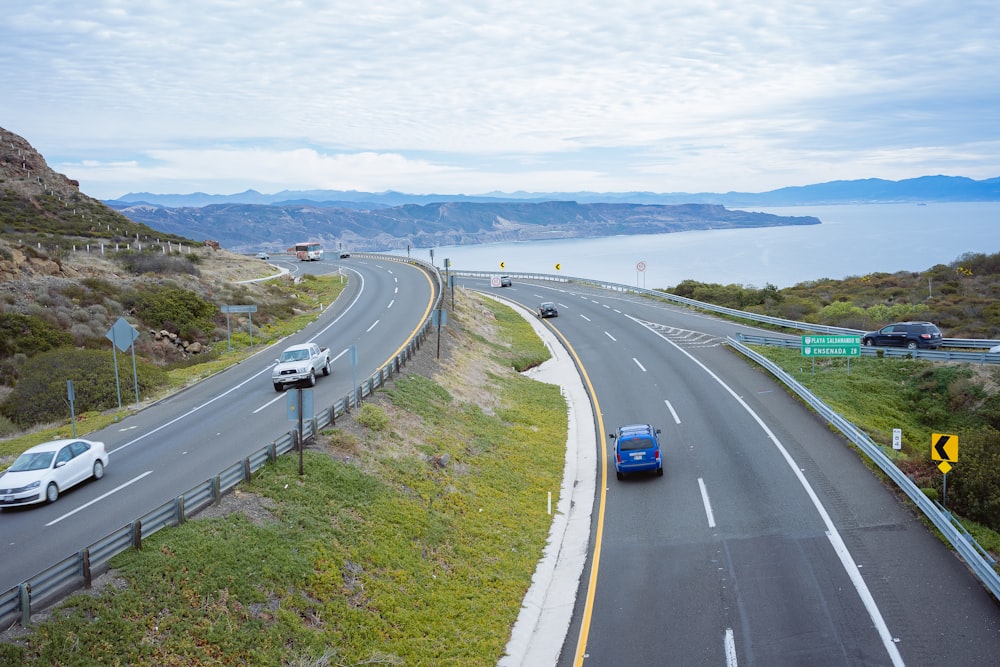
- Enhanced Services: Toll roads often come with additional services such as rest areas, amenities, and emergency assistance. While traveling the toll roads you may notice signs for Green Angels. The Green Angels are mobile mechanics who patrol the Mexican toll roads in green trucks to offer free assistance in the case of a breakdown. Labor and towing are free, but part replacement is not. The Green Angels are also part of a government network that can assist with tourist information, so ask away your questions. Although their services are free, tips are welcomed. These signs include a phone number for your local Green Angel, but if you have not noticed one in a while you can call 078. These features are intended to bring peace to travelers during their journey in a foreign country, but often go unused.
- Safety Considerations: Toll roads generally have better safety records due to controlled access, security patrols, and surveillance. Travelers can feel more confident in their safety while traversing these well-maintained routes.
- Fees and Costs: While toll roads come with a cost, the benefits in terms of time saved and added services can outweigh the fees. It’s essential to plan for costs as cash is only form of acceptable payment. When traveling in norther Baja US currency is an acceptable form of payment, but the further south you get I would recommend planning to pay with the Mexican currency, pesos. At the time this article was written, toll fees tend to be around $2 to $2.10 (US currency). The toll booths typically have the fee displayed in both dollars and pesos. When planning your route don’t forget to count the number of toll payment stations so you can figure how much cash to cary. Pro Tip: If your travel is flexible, try not to drive during the most common times of the day or around holidays. You may get lucky and reach the booths before or after the toll staff arrive for work or they may not be working at all because it is not a popular day for tourists to be traveling. That being said, I would not plan to cary less cash with the hopes that the toll will be free at that time.
For more toll and road information you can click here to be linked to the toll road website for help mapping your route, planning the fees, and estimating fuel costs.
Non-Toll Roads: Scenic Routes and Cultural Encounters
- Scenic Beauty: Non-toll roads in Baja California often wind through picturesque landscapes, offering travelers the chance to immerse themselves in the region’s natural beauty. The slower pace allows for a more leisurely exploration of the surroundings.
- Cultural Immersion: Opting for non-toll roads may lead you through local towns and villages, providing an authentic cultural experience. Engage with local communities, sample regional cuisine, and discover hidden gems off the beaten path.
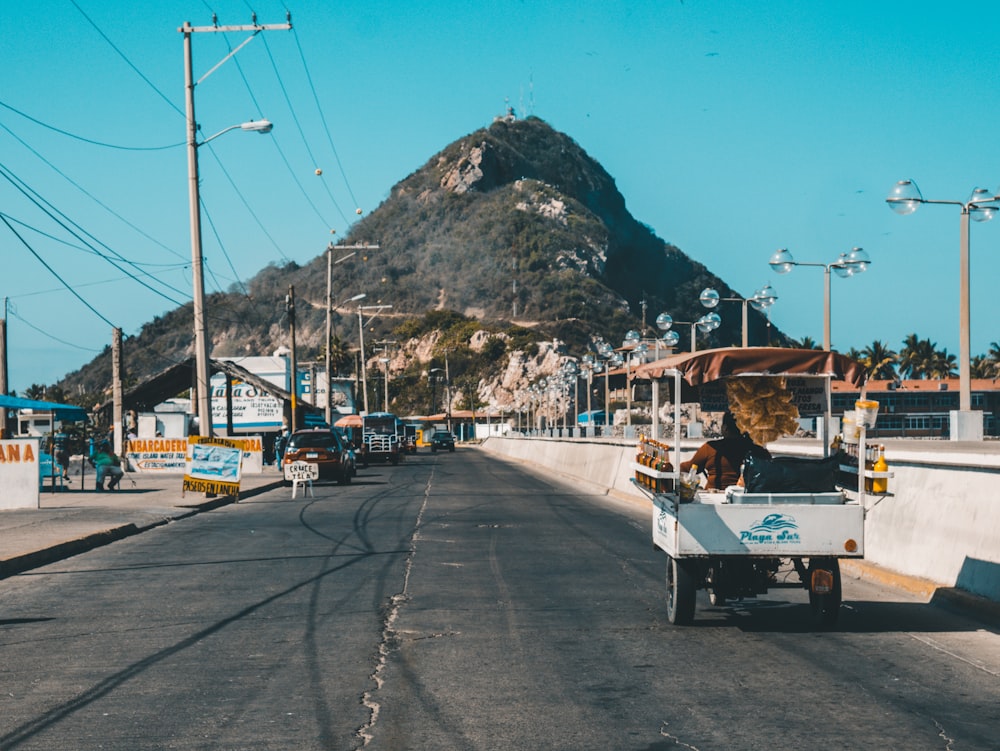
- Safety Considerations: Non-toll roads can present varied road conditions, and travelers should adapt their driving style accordingly. Exercise caution, especially on less-traveled routes, and monitor weather conditions for added safety. Practice your best driving while in small town. Check both sides of the intersection for stop signs and use your blinkers even if other drivers are not. An accident or traffic violation ticket can really put a damper on your adventure.
- Encounters with Law Enforcement: Whether on toll or non-toll roads, interactions with law enforcement are possible. It’s advisable to adhere to traffic rules, carry necessary documentation, and remain respectful if pulled over. Be aware of local regulations to navigate encounters smoothly. Historically there have been reports of federal police setting up checkpoints on non-toll roads, and tourists have been targeted for bribes. The intent of these checkpoints if to provide safety to the public, so an attitude of respect is always advised. I personally experienced one of these checkpoints and was let through with no problems. Typically you are asked where you are going and why and the federales are friendly and helpful. Always exercise caution, stay informed, and comply with any requests made during such encounters. The more I drive in Mexico the less I tend to worry about these encounters, but I do tend to plan trips via toll roads when adventuring to new places.
Ultimately, the decision between toll and non-toll roads in Baja California depends on your priorities and travel preferences. Toll roads offer efficiency, safety, and added perks, while non-toll roads promise scenic beauty, cultural encounters, and a more relaxed pace. Consider your itinerary, budget, and the type of experience you seek as you embark on this unforgettable road trip through the diverse landscapes of Baja California. Safe travels!

